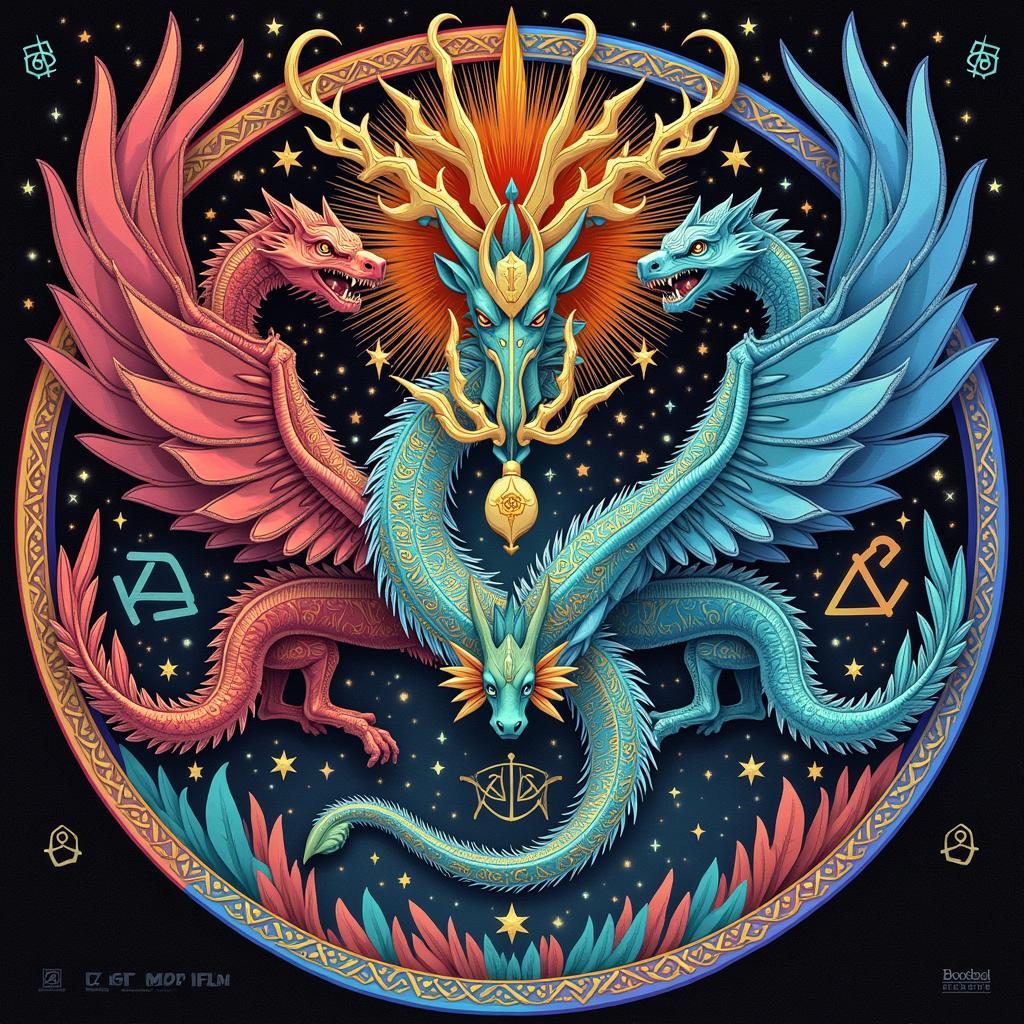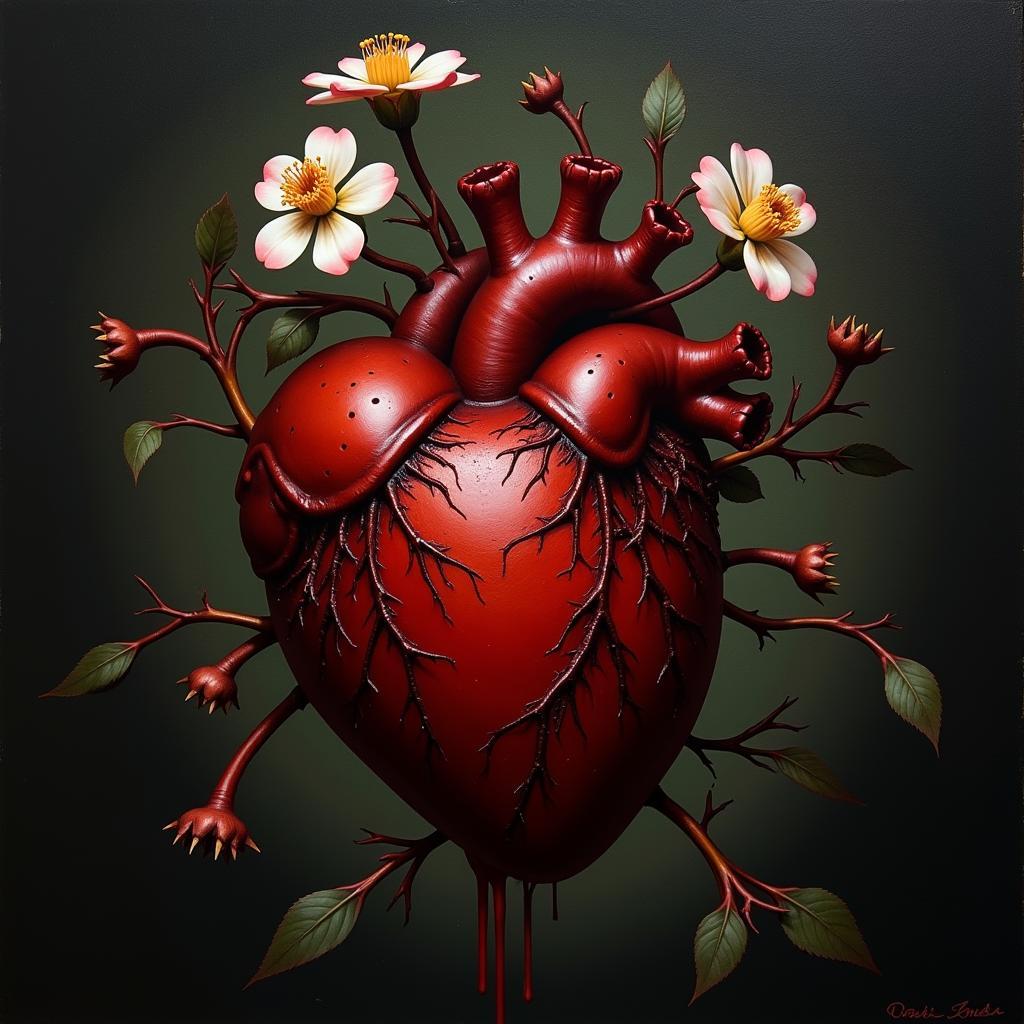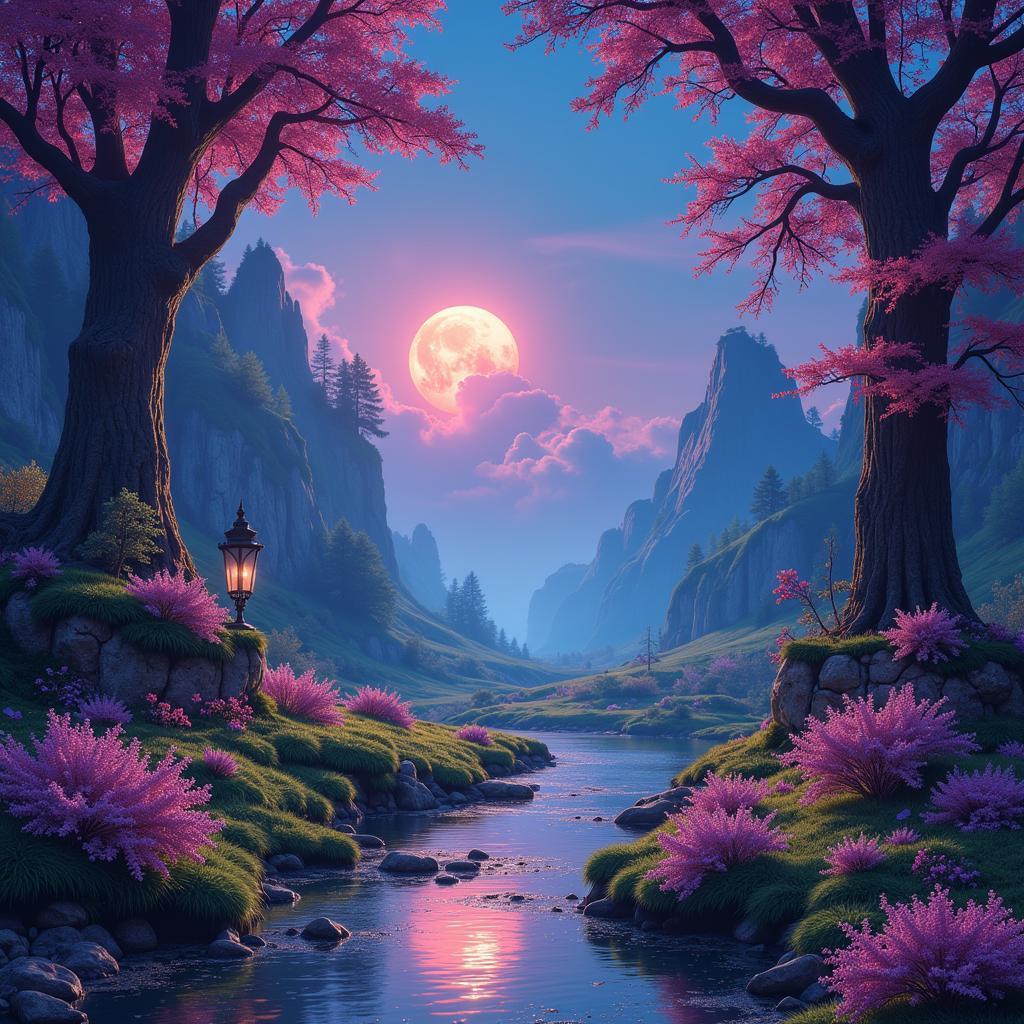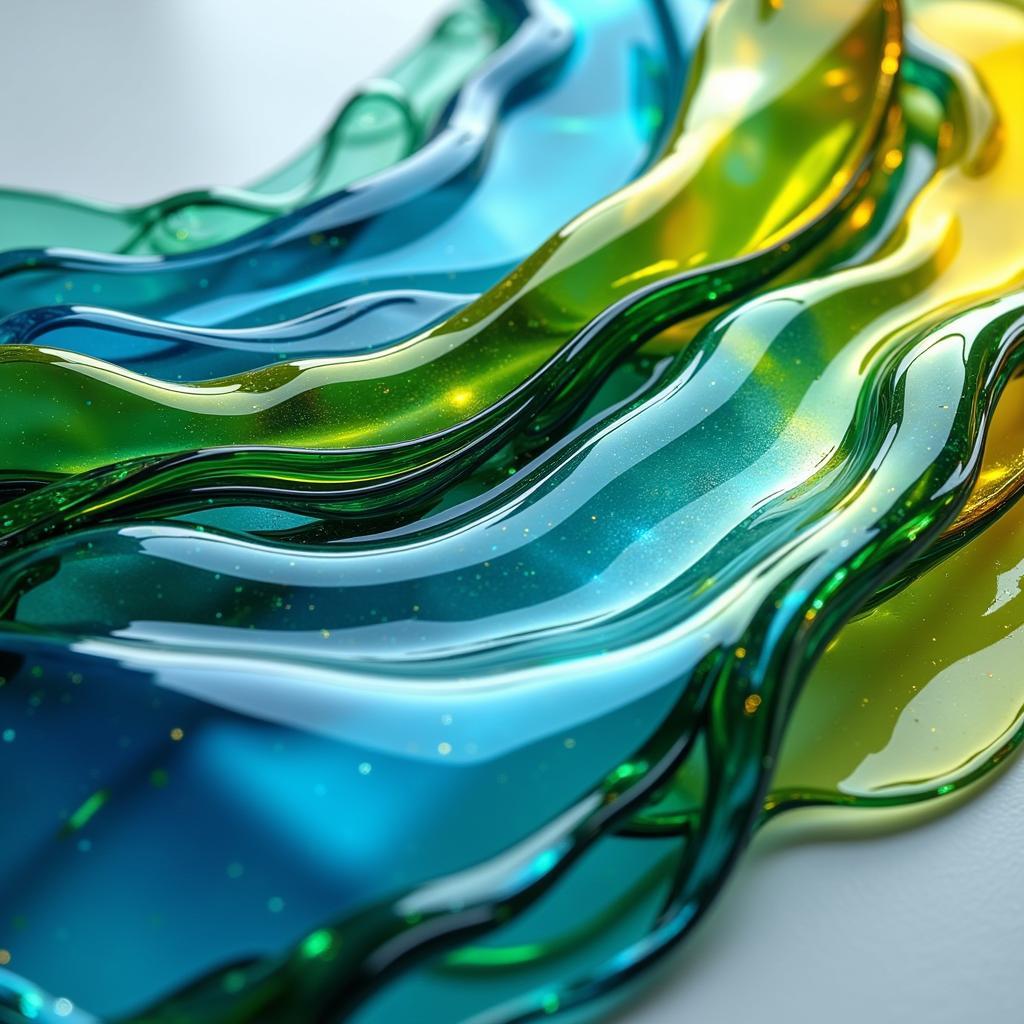Exploring the Timeless Beauty of Japan Print Art
Japan Print Art, a captivating blend of tradition and artistry, has mesmerized art enthusiasts for centuries. From the delicate strokes of ukiyo-e woodblock prints to the vibrant colors of modern shin-hanga, this rich art form offers a glimpse into Japan’s cultural heritage and aesthetic sensibilities. This article delves into the fascinating world of Japanese prints, exploring their history, techniques, and enduring influence on art worldwide.
A Journey Through Time: The History of Japan Print Art
The history of Japan print art is as diverse as the prints themselves. Early forms of printmaking emerged during the Heian period (794-1185), primarily for religious purposes. However, it was the Edo period (1603-1868) that witnessed the true blossoming of this art form with the rise of ukiyo-e, meaning “pictures of the floating world.” prints japanese art Ukiyo-e prints captured the everyday life of Edo (present-day Tokyo), depicting scenes of kabuki actors, beautiful courtesans, and landscapes. These prints, created using woodblocks and vibrant pigments, became immensely popular among the common people, offering an affordable way to enjoy art.
The Meiji period (1868-1912) brought about significant changes, with Japan opening its doors to the West. This led to a decline in traditional ukiyo-e and the emergence of new styles influenced by Western art. Shin-hanga, meaning “new prints,” blended traditional Japanese aesthetics with Western techniques, resulting in prints that appealed to both domestic and international audiences.
Ukiyo-e: Capturing the Floating World
Ukiyo-e, often considered synonymous with Japan print art, is characterized by its distinctive style. The artists employed bold lines, flat areas of color, and a limited use of perspective, creating images that were both visually striking and emotionally evocative. These prints provided a window into the bustling entertainment districts, the fashion trends, and the cultural nuances of Edo society. Famous ukiyo-e artists like Katsushika Hokusai and Utagawa Hiroshige produced iconic images that continue to inspire artists today.
The Art of Woodblock Printing: A Meticulous Process
Creating a traditional Japanese woodblock print is a meticulous and collaborative process involving several skilled artisans. The artist designs the image, which is then carved onto multiple woodblocks, one for each color. A printer carefully applies the ink to each block and then prints it onto paper, layer by layer, to create the final image. This intricate process requires precision and a deep understanding of color and composition. japanese street art prints
What makes Japanese prints so unique?
Japanese prints, especially ukiyo-e, possess a unique charm that stems from their aesthetic principles and cultural context. The emphasis on simplicity, harmony, and the beauty of the natural world is reflected in the elegant lines, balanced compositions, and evocative use of color. Furthermore, these prints offer a fascinating glimpse into the social and cultural history of Japan, capturing the spirit of a bygone era.
Japan Print Art in the Modern World
While traditional techniques continue to be practiced, contemporary Japanese print artists are also exploring new avenues of expression. They are experimenting with different materials, incorporating digital technologies, and pushing the boundaries of the medium. japanese art birds This fusion of tradition and innovation ensures that Japan print art remains a vibrant and evolving art form.
Conclusion: The Enduring Legacy of Japan Print Art
Japan print art, with its rich history and captivating beauty, continues to inspire artists and art lovers worldwide. From the iconic images of ukiyo-e to the innovative creations of contemporary artists, this art form offers a timeless appeal. Exploring the world of Japan print art is a journey into a realm of artistic excellence and cultural discovery. cute wall art for bedroom
FAQ
- What is the most famous type of Japan print art? Ukiyo-e is arguably the most well-known.
- What materials are used in traditional Japanese woodblock prints? Woodblocks, pigments, and paper are the primary materials.
- Who are some famous ukiyo-e artists? Katsushika Hokusai and Utagawa Hiroshige are two prominent figures.
- What is shin-hanga? Shin-hanga is a style of Japanese printmaking that emerged in the early 20th century, blending traditional and Western influences.
- Where can I see examples of Japan print art? Museums, galleries, and online resources offer opportunities to view these beautiful prints.
- What is the significance of “the floating world” in ukiyo-e? It refers to the pleasure districts and entertainment culture of Edo period Japan.
- Are Japanese prints still being made today? Yes, both traditional and contemporary Japanese printmaking are thriving art forms.
When you need assistance, please contact Phone Number: 02462573573, Email: danteum@gmail.com Or visit us at: Savico Megamall, 7-9 Đ. Nguyễn Văn Linh, Gia Thụy, Long Biên, Hà Nội 10000, Việt Nam. We have a 24/7 customer service team.



